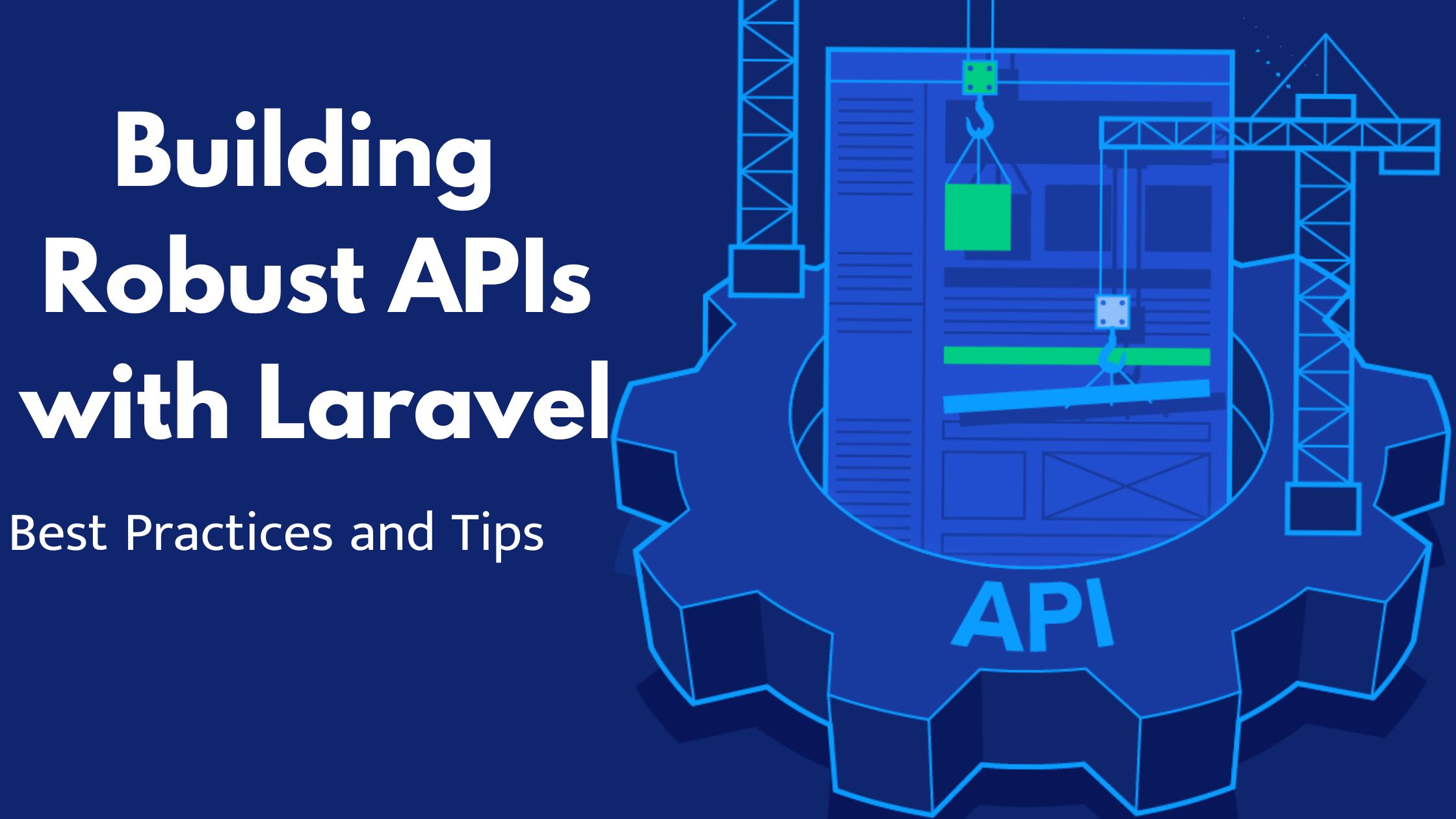Creating Next-Level APIs with Laravel: Best Practices Demystified
 chintanonweb
chintanonweb
RESTful APIs with Laravel: Best Practices
Introduction
In the world of web development, creating robust and efficient APIs is crucial for building scalable and maintainable applications. Laravel, a popular PHP framework, provides powerful tools for building RESTful APIs effortlessly. In this article, we will delve into the best practices for designing and implementing RESTful APIs using Laravel, covering various scenarios with detailed code examples.
Understanding RESTful APIs
Before diving into the best practices, let's ensure we have a clear understanding of RESTful APIs. Representational State Transfer (REST) is an architectural style for designing networked applications. RESTful APIs adhere to REST principles, utilizing HTTP methods for communication and following a stateless client-server architecture.
Setting Up Laravel for API Development
To begin building RESTful APIs with Laravel, ensure you have Laravel installed on your system. You can install Laravel via Composer by running the following command:
composer create-project --prefer-dist laravel/laravel project-name
Once Laravel is installed, navigate to your project directory and start a development server using Artisan:
php artisan serve
Now, let's proceed with implementing best practices for RESTful API development in Laravel.
Best Practices
1. Resource Naming and Route Structure
MECE Principle: Ensure your API resource naming and route structure are clear and consistent. Use nouns to represent resources and adhere to RESTful conventions.
Route::get('/users', 'UserController@index'); // Retrieve all users
Route::post('/users', 'UserController@store'); // Create a new user
Route::get('/users/{id}', 'UserController@show'); // Retrieve a specific user
Route::put('/users/{id}', 'UserController@update'); // Update a specific user
Route::delete('/users/{id}', 'UserController@destroy'); // Delete a specific user
2. Request Validation
Validate incoming requests to ensure data integrity and security. Laravel provides a convenient way to validate requests using Form Request classes.
public function store(Request $request)
{
$validatedData = $request->validate([
'name' => 'required|string|max:255',
'email' => 'required|email|unique:users,email',
'password' => 'required|string|min:8',
]);
// Create user logic here
}
3. Response Structure
Consistently format API responses to provide meaningful feedback to clients. Use HTTP status codes and JSON structure for responses.
public function show($id)
{
$user = User::findOrFail($id);
return response()->json(['data' => $user], 200);
}
4. Pagination
MECE Principle: Implement pagination to efficiently handle large datasets and improve API performance.
public function index()
{
$users = User::paginate(10);
return response()->json(['data' => $users], 200);
}
FAQ
Q: How can I handle authentication in Laravel APIs?
A: Laravel provides built-in authentication mechanisms like Passport for API authentication. You can generate API tokens for users and protect routes using middleware.
Q: What is the role of middleware in Laravel API development?
A: Middleware in Laravel intercepts requests and responses, allowing you to perform tasks like authentication, request modification, and response formatting.
Q: How can I version my API endpoints?
A: You can version your API endpoints by prefixing routes with the desired version number, such as /api/v1/users.
Conclusion
Building RESTful APIs with Laravel involves adhering to best practices to ensure scalability, maintainability, and security. By following the guidelines outlined in this article, you can create robust APIs that meet the needs of your applications and provide an excellent experience for developers and clients alike.
Implementing RESTful APIs with Laravel involves adhering to best practices to ensure scalability, maintainability, and security. By following the guidelines outlined in this article, you can create robust APIs that meet the needs of your applications and provide an excellent experience for developers and clients alike.
Subscribe to my newsletter
Read articles from chintanonweb directly inside your inbox. Subscribe to the newsletter, and don't miss out.
Written by

chintanonweb
chintanonweb
As a software engineer, I find joy in turning imaginative ideas into tangible digital experiences. Creating a better world through code is my passion, and I love sharing my vision with others.